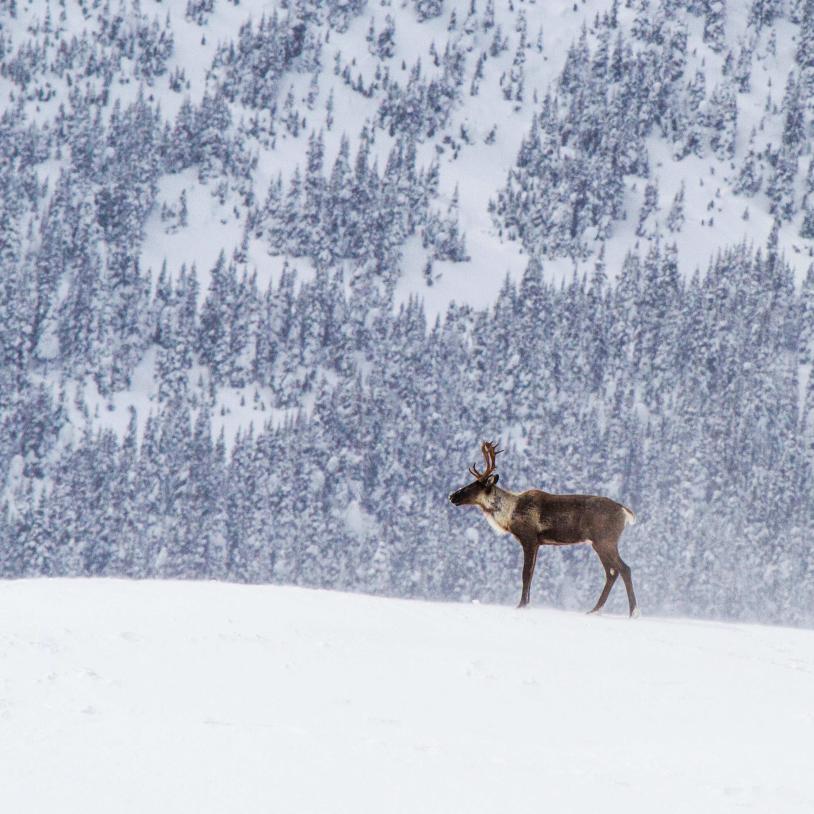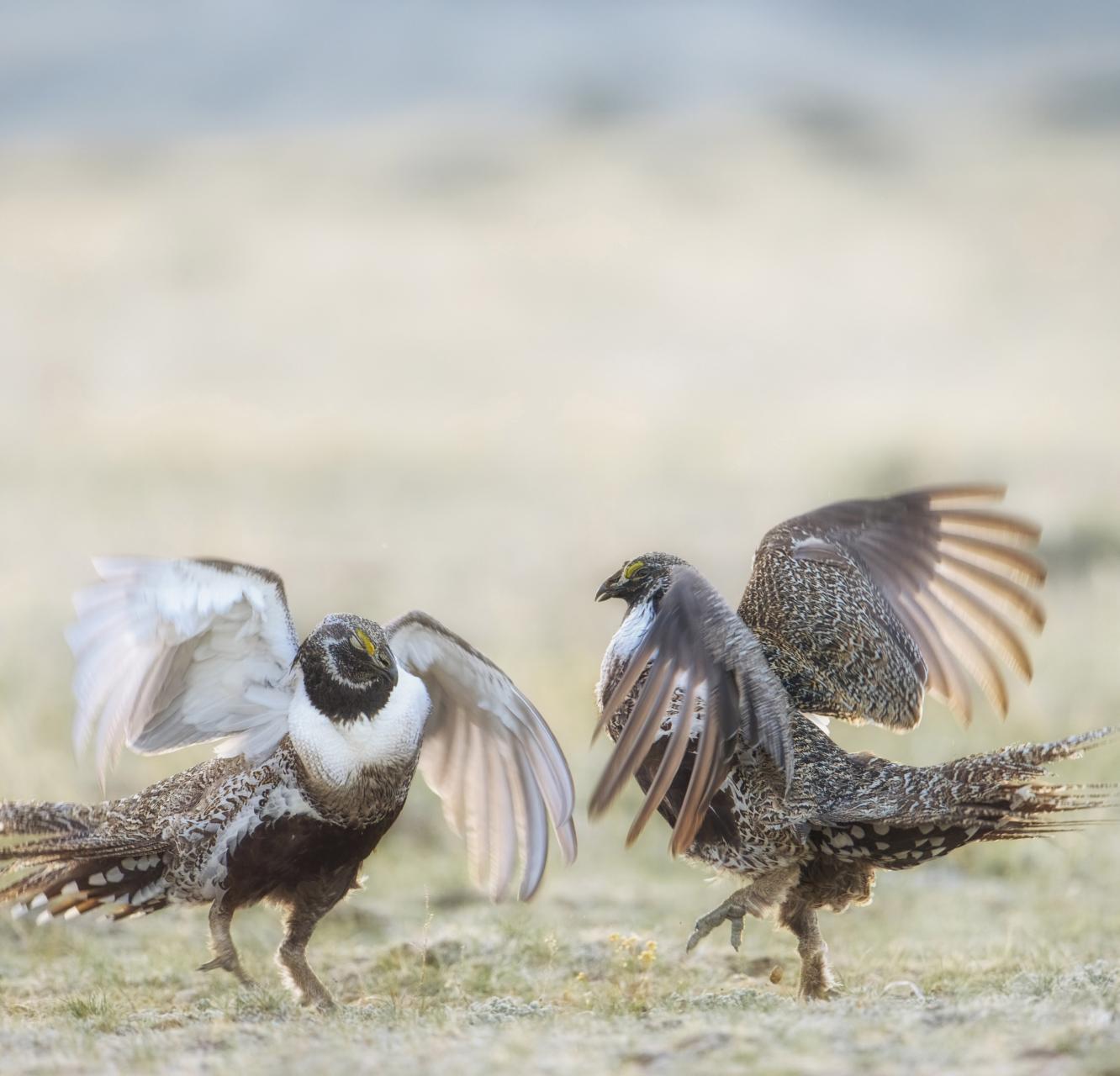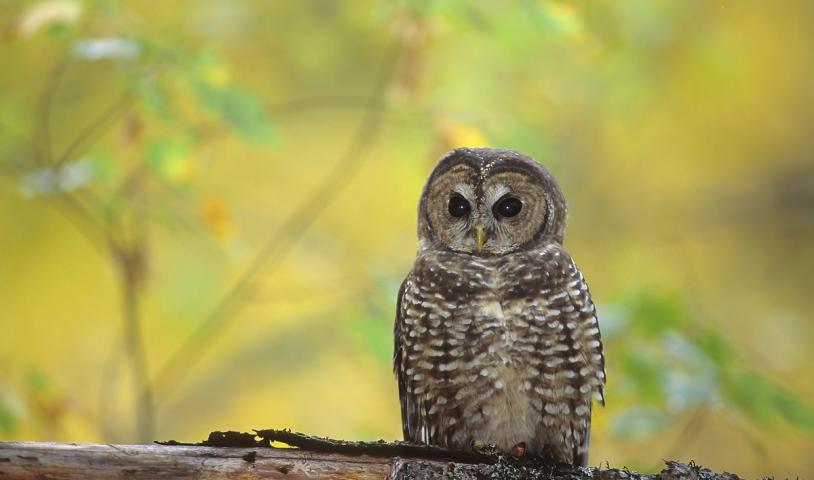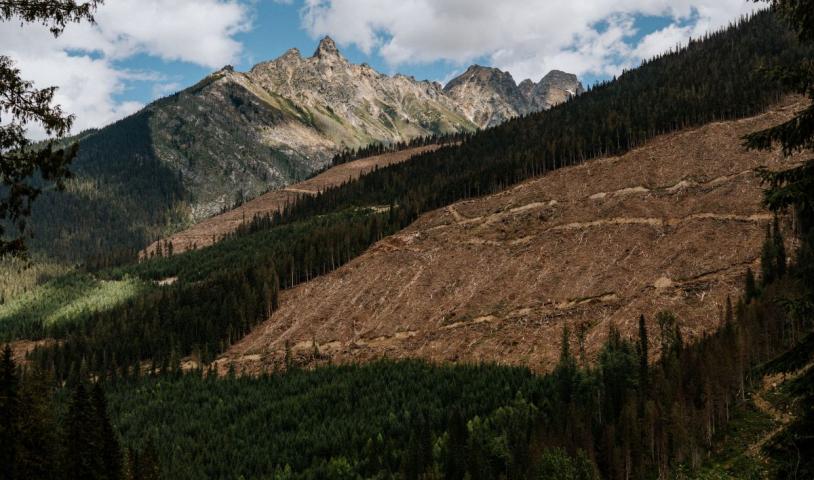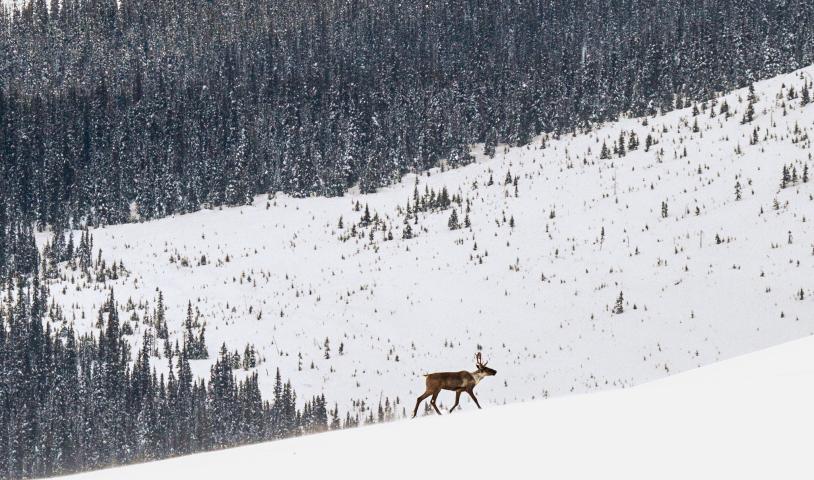Wildlife groups hail court ruling on sage‑grouse
Monday, July 13, 2009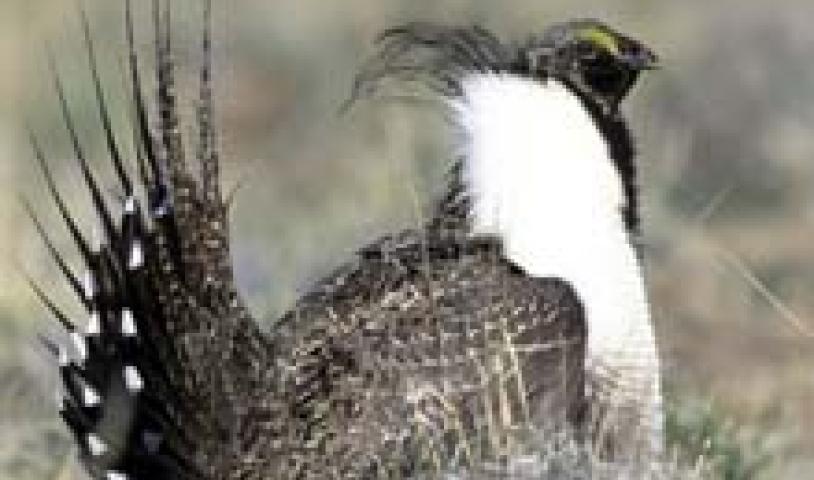
Environmentalists have won a legal victory that forces the federal government to declare the western mating grounds of the sage-grouse an environmentally protected area.
A Federal Court judge ruled last week that Ottawa failed to designate tracts of land in southern Alberta and Saskatchewan as a protected habitat for the sage-grouse — a species of bird known for its distinctive mating dance.
A lawsuit was filed against the government by the environmental umbrella group Ecojustice in early 2008. Represented in the suit were the Alberta Wilderness Association, the Federation of Alberta Naturalists, the Grasslands Naturalists, Nature Saskatchewan and the Wilderness Committee.
The groups asked the court to reject Environment Canada's recovery strategy for the sage-grouse, arguing the federal plan did not protect the breeding grounds critical for its survival, as required by Canada's Species at Risk Act.
In its unique courtship dance, the male birds fan out their tail feathers and puff air in and out of air sacs on their necks, pushing out their chests. They perform for several hours a day to attract females, while both sexes hoot and cackle.
"We are ecstatic to know sage-grouse will finally receive the habitat protection it needs," said Lorne Scott, President of Nature Saskatchewan. "We refused to accept that the government couldn't locate critical habitat when people flock to sage-grouse breeding grounds each year to witness their unique dance."
Locations well known
The judge expressed a similar sentiment, stating it was "unreasonable" for the government to claim it couldn't identify breeding grounds, known as leks, when knowledge of their locations was "notorious."
Greater sage-grouse were once widespread across the Prairies but have been listed as endangered since 1998. The Prairies bird now survives in a remote area in the southeastern corner of Alberta and southwestern corner of Saskatchewan.
In the past year, sage-grouse numbers have dropped an estimated 20 per cent, with Alberta Fish and Wildlife counting 66 males on leks in the spring of 2009, down from 84 in 2008.
Without habitat protection, the species was forecast to disappear from Alberta within six years, partly as a result of oil and gas developments, which fragment the bird's grasslands habitat.
"The sage-grouse case will put an end to years of government inaction. There is reason to believe endangered species across Canada will finally receive protection with federal courts forcing the government to obey its own laws," said Alberta Wilderness Association vice-president Cliff Wallis.
